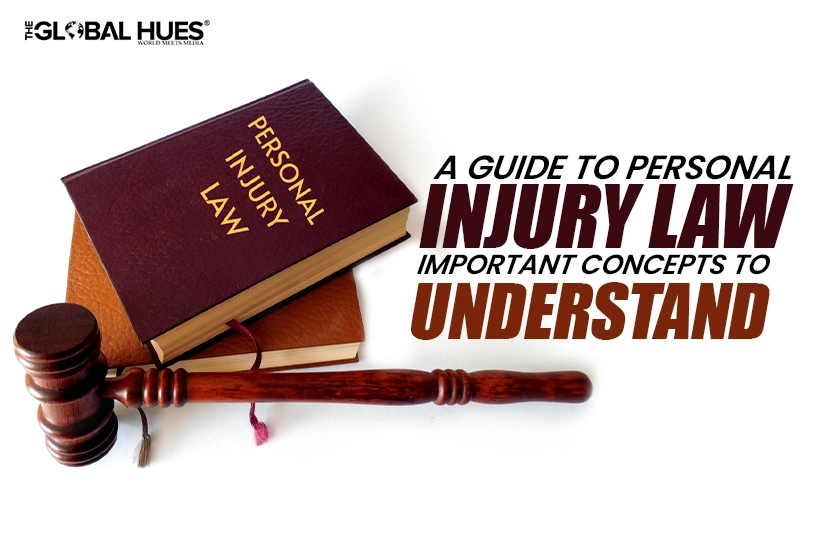Personal injury law involves legal disputes arising when someone is harmed due to another’s actions or negligence. It aims to compensate victims for their losses through settlements or legal judgments.
Navigating this area of law can be challenging, but consulting lawyers experienced in personal injury law can significantly help secure a fair outcome. This guide will cover critical concepts such as negligence, liability, and types of damages.
What is Negligence?
Negligence is central to personal injury claims. The injured party must prove that the defendant acted negligently to win a case. This involves demonstrating four key elements:
- Duty of Care: The defendant must treat the plaintiff with reasonable care, such as a driver’s duty to drive safely.
- Breach of Duty: The defendant did not meet this level of care.
- Causation: The breach directly brought on the plaintiff’s injury, demonstrating a direct connection between the defendant’s conduct and the harm experienced.
- Damages: The plaintiff experienced actual losses due to the breach.
The injured party may be entitled to compensation when these elements are established.
Types of Liability
Liability in personal injury cases can vary based on the situation. Key types include:
Strict Liability: In cases involving defective products, a manufacturer can be liable for injuries even if negligence is not proven.
Vicarious Liability: This applies when one party is held responsible for another’s actions, such as an employer being liable for an employee’s misconduct during work.
Comparative and Contributory Negligence: These determine how fault is shared if the injured party is partially responsible for the accident. In comparative negligence, compensation is reduced by the plaintiff’s share of fault. In contributory negligence states, the plaintiff may be barred from recovery if found even slightly at fault.
Types of Damages
Damages aim to compensate the injured for losses and are divided into three categories:
- Economic Damages: These include measurable financial losses like medical expenses, lost wages, and property damage.
- Non-Economic Damages: Compensation for non-financial harms, such as pain, suffering, and emotional distress.
- Punitive Damages: Rarely awarded, these aim to punish the defendant for reckless or malicious conduct rather than to compensate the plaintiff.
Statute of Limitations
Depending on the state and kind of accident, a statute of limitations sets a due date for submitting personal injury claims. If this deadline is missed, the right to seek compensation may be forfeited.
The Role of Legal Representation
Dealing with personal injury claims involves complex legal and insurance processes. Experienced personal injury attorneys can aid you in navigating these challenges and negotiating for a fair settlement. They also bring knowledge of relevant laws, court procedures, and negotiation tactics.
Final Thoughts
Although personal injury law is complicated, people can safeguard their rights when pursuing damages for harm caused by others by being aware of ideas like carelessness, liability kinds, damages, and the value of legal counsel.
To guarantee the most excellent result, it is imperative to speak with an experienced attorney whenever dealing with a personal injury claim. So remember to seek professional legal advice if you or a loved one has suffered from an injury due to someone else’s actions.
(DISCLAIMER: The information in this article does not necessarily reflect the views of The Global Hues. We make no representation or warranty of any kind, express or implied, regarding the accuracy, adequacy, validity, reliability, availability or completeness of any information in this article.)




